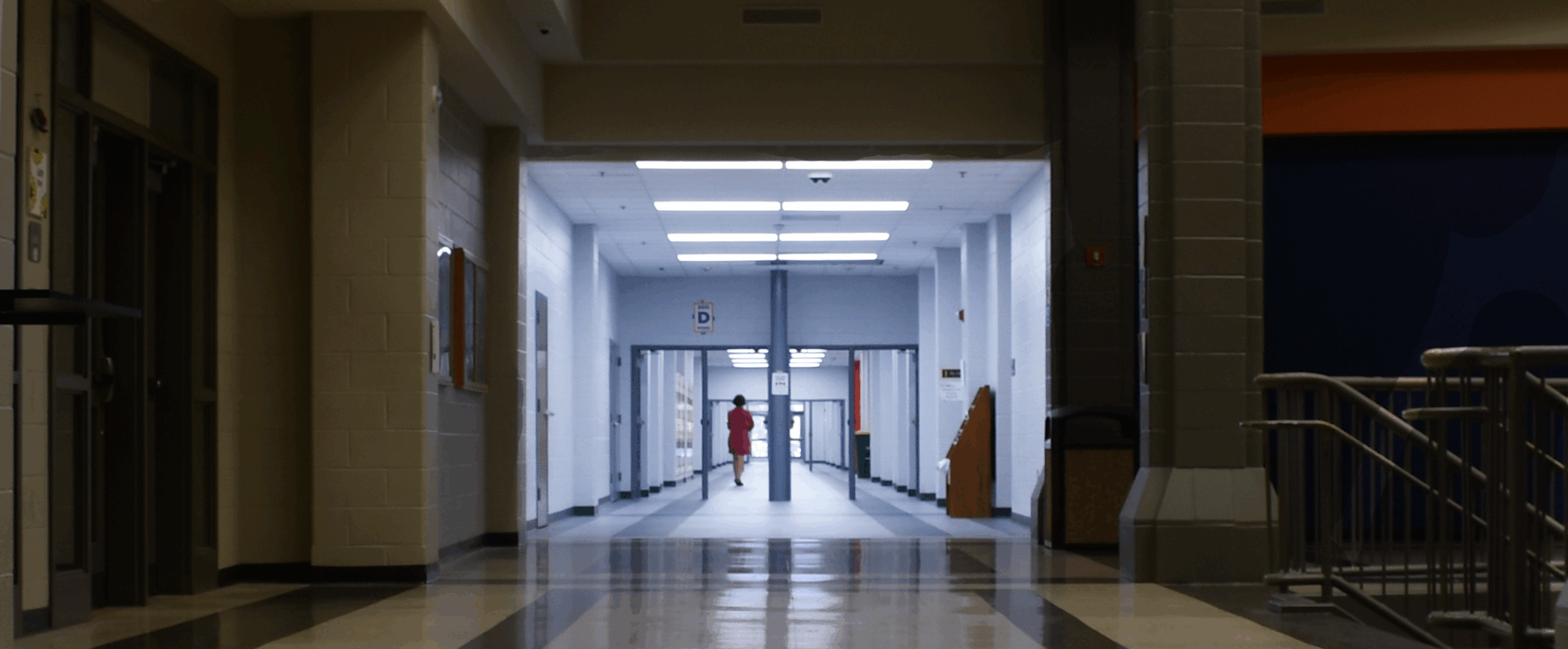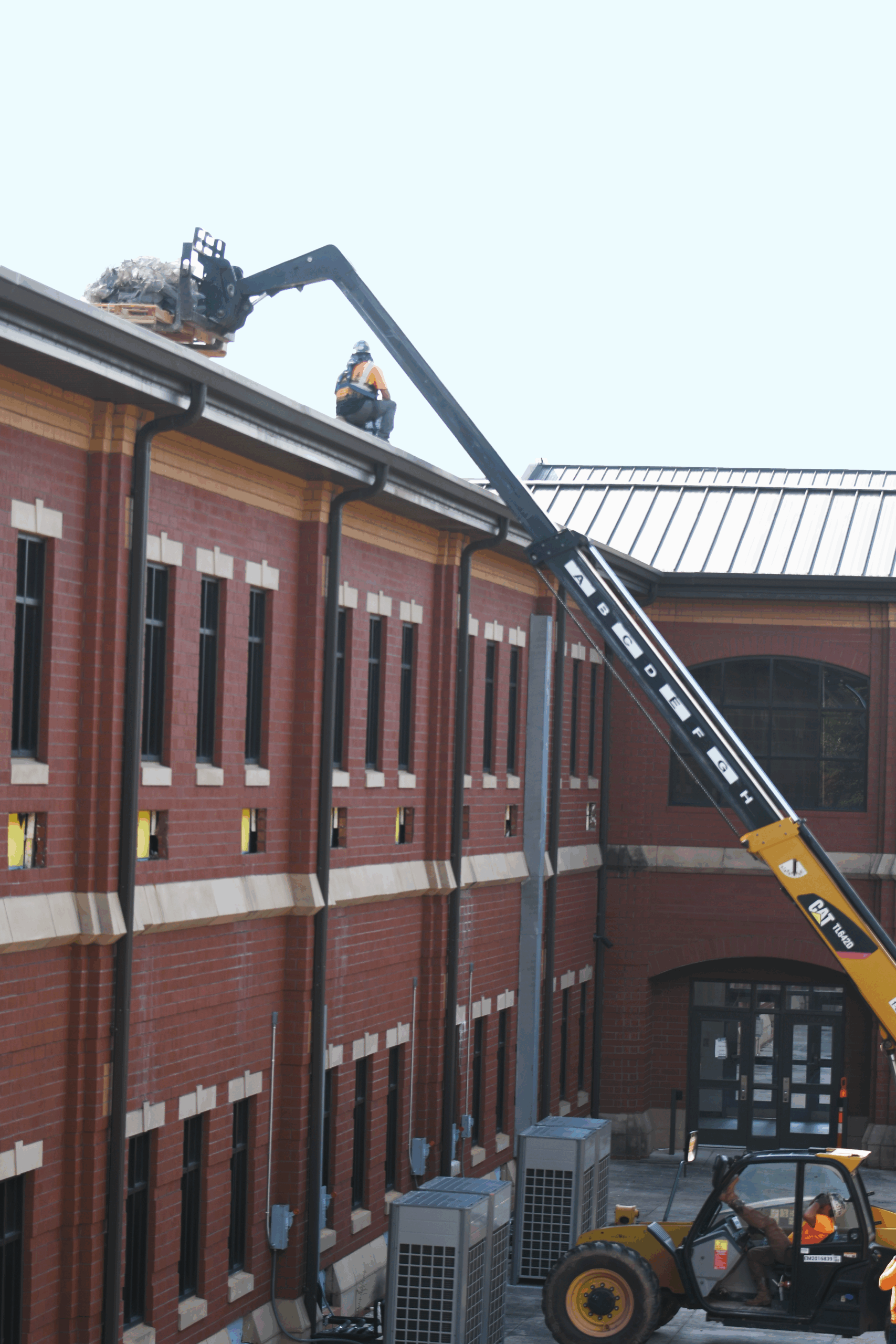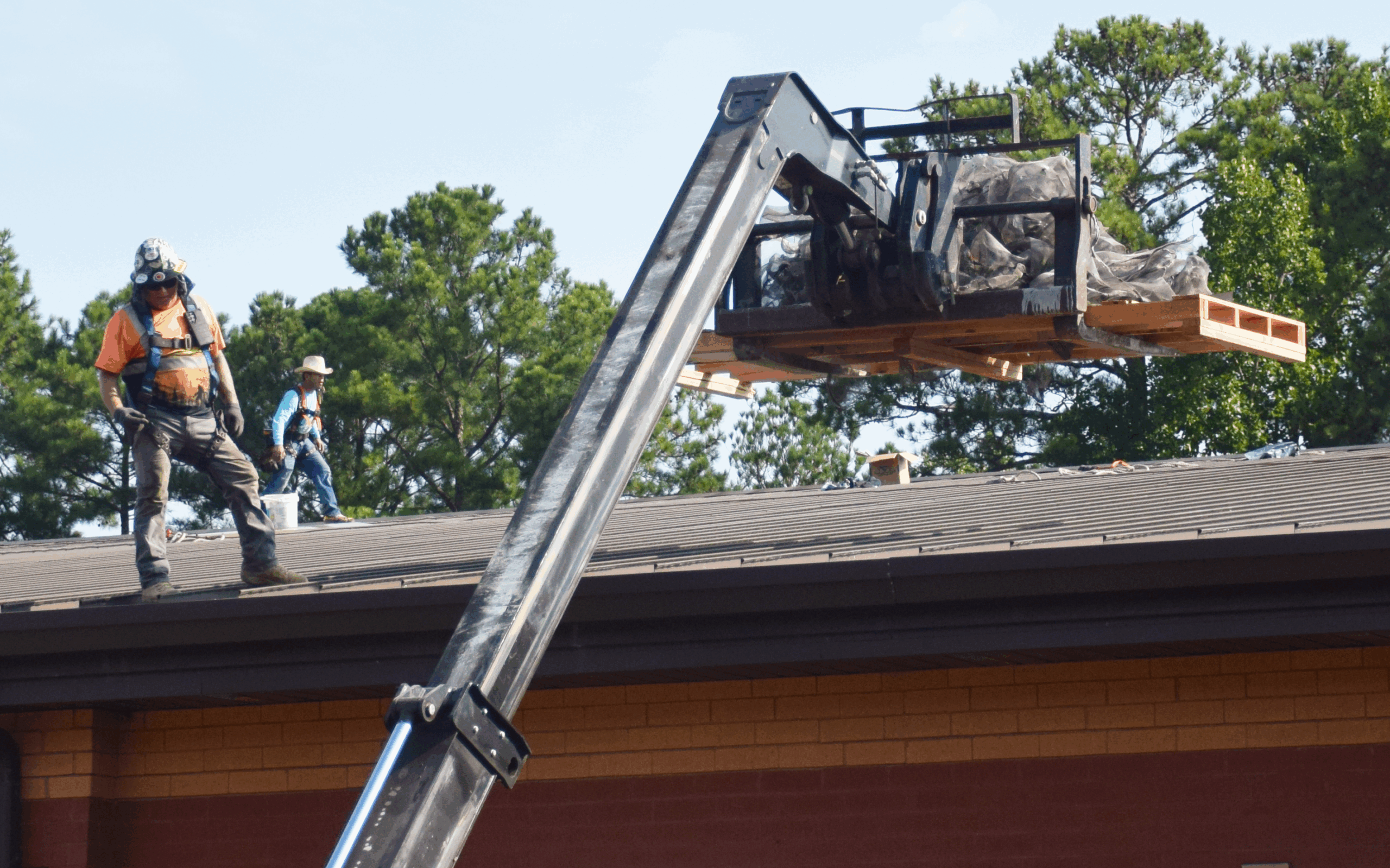
The building refresh: Teachers and students reflect on Cedar’s new look
First built in 1971 and chartered in 1972 as Clarke County’s second high school, Cedar Shoals’ original building sat where the current student parking lot and flagpole are located. The building featured an open floor plan between the cafeteria and library, with many classrooms separated only by heavy curtains.
In 2001, rather than renovating the old structure, it was dismantled, and the Charles J. Worthy Academic Building was built across from it. Some elements of the old building, however, were left standing: specifically the original gymnasium, the career, technical, and agricultural education building, and the automotive technology building. These three structures were untouched during the 2001 overhaul, meaning they have had only minor updates, if any, since 1972.
Now 23 years since the first renovation, Cedar Shoals has been due for an update. In January of 2024, the school kicked off its second renovation with the installation of mobile units, looking ahead with goals of updating technology, building beautification and an overall improved learning environment.
Teacher’s thoughts:

As a teacher who attended Cedar from 1986-1990 now nearing his 29th year teaching at Cedar, English department chair Bryan Moore has been a part of Cedar’s community for four decades and has seen every stage of the school’s renovations.
“When they built the original building there was an educational trend about open floor plans. So there really weren’t a lot of walls built in the school,” Moore said. “Once they found out (it wouldn’t work), they kind of retrofit walls into the building. Students would bang on the walls, which would disturb the other class, and their class would bang back. So the environment was not very conducive to learning in a lot of ways.”
When Cedar Shoals was rebuilt and relocated in 2001, any issues with classroom disruption due to thin walls were nullified by the new building’s closed floor plan and thick cinder block walls.
“It was very nice to get a clean, fresh new building that no one had been in before. It was great, although we kind of missed the uniqueness of the old building,” Moore said.
Despite the new main building and gym, Cedar’s side buildings, such as the CTAE and gymnasium, were left completely untouched. As a result, some classrooms were not fit for the class being taught in them.
Originally constructed to hold workshops for both auto tech and metal working, the Hugh Milton Mills III Automotive building doesn’t quite meet what the current automotive technology class needs. After a long time teaching in an out-of-date workshop, teacher Dave Darden is excited for his building’s turn to be overhauled.
“(The automotive) building has not been renovated since 1970 when it was built,” Darden said. “A lot of the safety equipment in here is very dated and difficult to use, and safety is extremely important in the automotive industry.”
Current plans for the auto tech building include new paint, a transition from fluorescent to LED lighting, up-to-date autotech equipment, expanded storage and a classroom and personal office separate from the workshop.
“Having a separate classroom is going to help us in the future with getting industry certified,” Darden said. “Right now, we’ve been grandfathered in, if you will, with an open classroom like this. The certification committee sort of allowed it because this is the way the shop was built in 1970. If it hadn’t been for that, we would not have been able to get industry certified.”
When a class becomes industry certified, it means that the curriculum has been recognized by a professional organization in a specific industry for meeting the requirements for competence in that field. Completing such a course can help students better prepare themselves for work or further certification as well as making them more attractive to employers.
Industry certification is only one of many exciting options that has been made available by the renovations. While the automotive classes are looking forward to their brand new workshop, the agriculture program has already had their overhaul. CTAE department chair and agriculture teacher Julie Throne is pleased with her new space and the possibilities it brings.
“They’ve given me a kitchen area so we can do food science. We’ve been doing scientific experiments the whole time I’ve been here, but I haven’t had a true area dedicated to that,” Throne said. “I’ve also got a brand new greenhouse, and it’s larger, so much more efficient.”
Despite excitement for the newly renovated spaces, there were significant challenges along the way. Relocating a class is difficult enough, not to mention two rooms worth and the contents of the greenhouse. Throne found herself switching between teaching her class effectively while also packing and moving to a mobile unit, all before winter break began last year.
“It’s hard. There’s only so many hours in the day, and I couldn’t pack all night and work all day. It was difficult determining what I needed for the classes and for the semester,” Throne said. “The move did impact a lot of things, but it’s gonna happen and cannot be helped. Now, I’m really pleased with what they’ve done.”
Despite not having quite as much to move, mathematics teacher Jennifer Schmidt found the process of moving to the mobile units tiring.
“I remember coming in and all of my boxes were stacked up to the ceiling, and we only had two days last year to unpack and get ready for (the new semester),” Schmidt said. “I’m not excited about having to pack up my stuff again, but I am looking forward to getting into that new space and being able to set things up again.”
With the move forming such a large hurdle, Schmidt hopes that the newly renovated space will make all of the trouble worth it.
“I hope that it’s a happier place to be, that it’s not dark, it’s not dingy, that it looks and feels modern. There’s something special about being in a nice room environment,” Schmidt said.
Schmidt ultimately hopes that the renovations will not only freshen up the building but simultaneously school pride.
“We want students to have pride in where they go to school. A lot of times, kids feel like we don’t have things as good as (other high schools), and so now you guys will get that,” Schmidt said.

Students say:
Upon renovation in 2001, Cedar Shoals’ interior color palette consisted of a combination of white, grays, brown and yellow. Furnishings of chair desks and smartboards with missing pens bathed in the glow of yellow fluorescent lights. Once cozy, those elements now lend a distinctly dated appearance to the space.
Junior Israel Ortiz was one of many students who noticed the campus’ shortcomings.
“You’d walk around and it’d be kind of muggy, a little bit dirty. I’d notice a lot of cracks in walls, you know, things that should be sealed that weren’t really sealed, especially the bathrooms. And there were just a lot of things that were clearly dated,” Ortiz said.
Although small details, studies have found that a cleaner and more organized environment increases productivity and satisfaction. As a student on the soccer team, Ortiz felt this effect in the form of the new weight room inside of the Turner-Neathery Gymnasium.
“I used the old weight room a couple of times over the summer for conditioning, and it was not the best. The equipment was very dated,” Ortiz said. “I like that they redid it and updated the thermostats, and especially the turf they added. It’s a small detail, but it gives the place a sense of modernity.”
To truly appreciate the transformation to the new spaces, it helps to understand the contrast with their previous state. Spending seven hours in a space that paled in comparison to other freshly renovated schools, pride in Cedar Shoals was diminished. A student athlete who found herself frequently traveling to other schools, junior Derriana Smith could see the reason why.
“When you play sports or when you go to different schools for different things, you see the school, you see how nice it is, and you think, ‘wow, I wish my school looked like this,’” Smith said. “It’s hard to represent a school when it’s old and not up to date.”
Also a longtime FFA student, Smith found herself pleasantly surprised by the refreshed agriculture classroom.
“The (Ag room) looks so much nicer. It feels so bright. It’s a lot more spacious, especially because the class is in here and the lab is a whole other room,” Smith said.
While the recently renovated areas of the building are bright and modern, they can also come across as institutional and plain. Because of this, Smith sees an opportunity for student art to be incorporated into the space.
” I would like to see more paintings done by the students, like the mural by the stairs. I think that’s really pretty,” Smith said.
For the modernized spaces to become usable as quickly as possible, a strict timeline must be adhered to. With construction commencing during school hours, some students have found their class time disrupted by loud banging or drilling.
“Last year in Spanish class there would be a lot of noise,” Smith said. “It gets to the point where it’s like, ‘how are you going to be in a learning environment with all of this noise?’ It’s been a bit rough for students.”
Despite any annoyance caused by the renovations or changes they hope are made, students are appreciative of the changes that have been made and have yet to appear.
“I don’t know what it’s going to look like, but I’m excited to see,” junior Geneva Gay said.
As Cedar Shoals moves forwards with its renovation plans, the teachers and students acknowledge the potential benefits and challenges ahead. While hopeful that the refresh will create a more conducive learning environment and reignite school pride, it’s also recognized that it will take a while before the school is back in order.
“It’s going to get a lot worse before it gets better, as far as renovations go,” said Darden.




